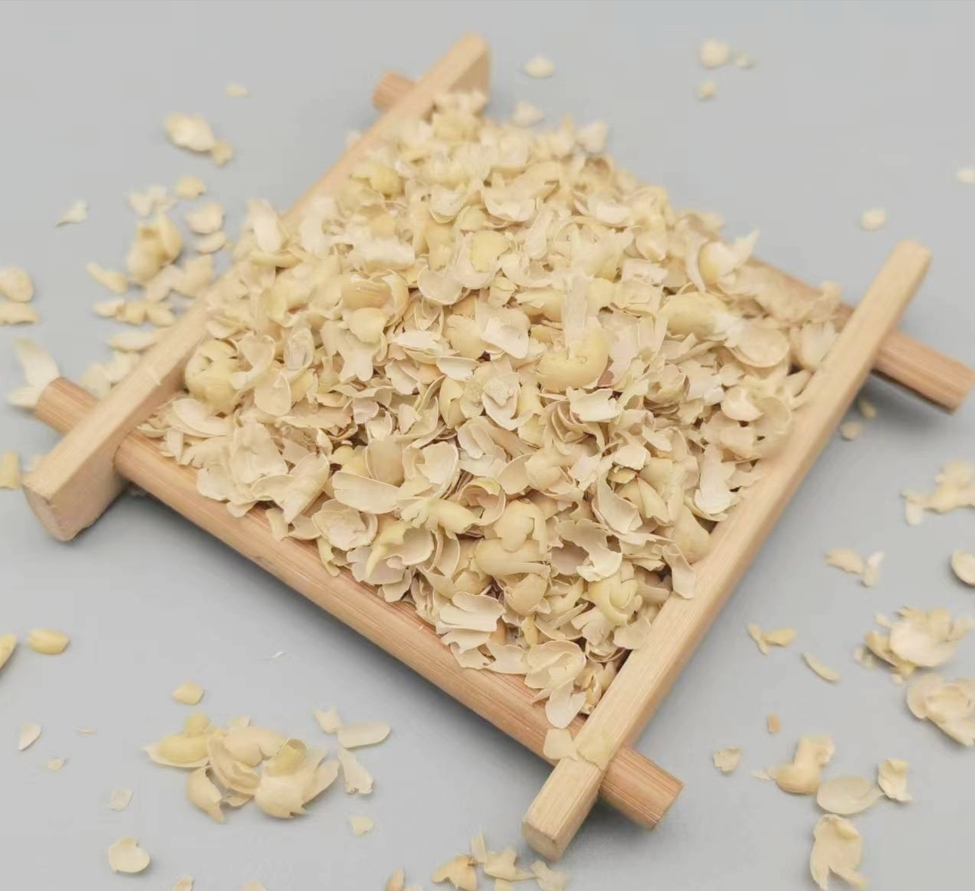- No.3 Beijing East Road, Laixi Economic Development Zone, Qingdao City, Shandong Province

| Moisture | ≤14% |
| Crude Protein | ≥8.0% |
| Crude Fiber | ≤45% |
The application of soybean hulls in the pet food and livestock sectors is mainly based on its main components such as pectin and cellulose, which respectively demonstrate value in pet health maintenance and livestock and poultry breeding efficiency improvement. The application scenarios and functional positioning are clear.
It provides abundant cellulose and pectin, which can promote the intestinal peristalsis of pets, help soften the feces, and reduce constipation problems. It is especially suitable for elderly pets with weak digestive functions or breeds prone to constipation.
As a natural plant-based raw material, its cost is lower than that of some specialized pet dietary fiber raw materials. It can help control the raw material cost of pet food production while ensuring nutrition.
The texture is relatively mild and has no obvious irritating odor. When added to dry or wet food, it does not affect the palatability of pets. It is suitable for various forms of pet food.
For ruminant animals such as cattle and sheep, the cellulose in their diet can stimulate the rumen movement and facilitate the digestion of crude fiber. At the same time, pectin can provide some energy and can be used as an important component of silage feed or mixed feed, thereby reducing the cost of breeding.
For monogastric animals such as pigs, it can improve the palatability of feed, increase the volume of intestinal contents, assist in regulating the intestinal microenvironment, reduce digestive disorders, and enhance feed conversion rate.
The raw materials come from a wide range of sources and are by-products of soybean processing. They have a high degree of resource utilization and meet the development needs of "cost reduction and efficiency improvement, as well as recycling" in livestock breeding.